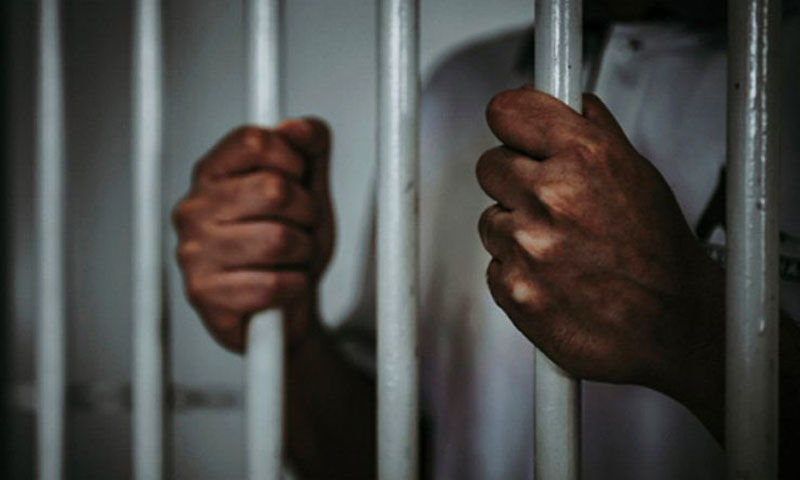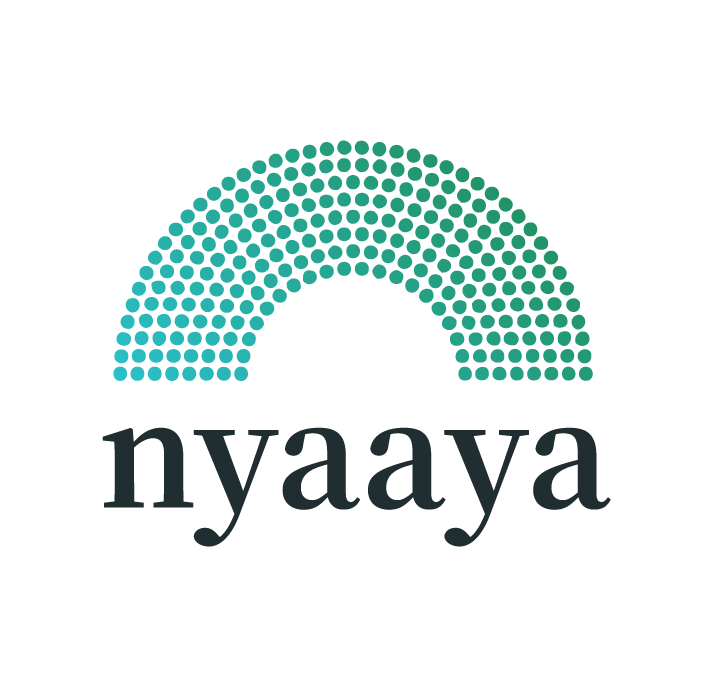

After the Supreme Court gave directions in a case where the Court took suo moto proceedings related to inadequacies in the criminal trial system, two senior advocates and an amici curiae (someone who assists the Court) have submitted a Report outlining the ‘Draft Rules of Criminal Practice, 2020‘. Given below are the important points in the draft rules:
Investigation
- Every Medico Legal Certificate and Post Mortem Report must contain a printed format of the human body (both frontal and rear view) and the sketch must indicate if there are any injuries.
- In case of custodial deaths, the Investigating Officer(IO) must inform the hospital to arrange for a photographer or videographer for conducting the post-mortem examination of the deceased. A police photographer or a state nominated photographer, or by an independent private photographer in the absence of the former two has to do this.
- The police must seize such photographs or videos through a panchnama or seizure memo, for proof during trial in Court accompanied by a written certificate for admitting electronic evidence.
- The IO must prepare a site plan with details and attach it to the spot panchnama. After this, a police draftsman must make a ‘scaled site plan’ and the panchnama and the site plan must contain all the relevant details.
Supply of documents
- Statements of witness recorded, list of documents, material objects and exhibits seized during investigation and relied upon by the IO must be given to the accused..
Charge
- The Presiding Officer must personally prepare a formal charge along with the order of framing the charge.
Trial Procedure for Recording Evidence
- The deposition of witnesses must be recorded in typed format in the language of the witness as well as in English and the Presiding Officer must read it over to them.
- A hard copy of the signed recorded testimony will be with the Presiding Officer and should be made available free of cost to the accused or an advocate representing the accused, the witness and the prosecutor.
- Every Court and Presiding Officer should have a translator trained in the local languages, on the request of the Presiding Officers.
- The Presiding Officers will not record evidence in more than one case at the same time.
Format of Witnesses
- The deposition of each witness must be recorded into separate paragraphs (or in question answer format where necessary) assigning paragraph numbers, naming Prosecution witnesses as PW1 etc., Defence witnesses as DW1, etc. and Court witnesses as CW1, etc
- The record of depositions must indicate the date of the chief examination, cross examination and re-examination.
- The court should take note of objections by either the prosecution or the defence counsel and reflect them in the evidence.
Exhibition of material objects and evidence
- If a witness was used to introduce a document in evidence, the exhibit number must show the witness number of such witness to make it easy to locate them.
- Prosecution exhibits must be marked Exhibit P1, etc., Defence exhibits as Exhibit D1, etc., Court exhibits as C1, etc. and Material objects as MO1, etc.
Subsequent references to Accused, Witness, Exhibits and Material Objects
- After framing of charges, use the ranks to refer to the accused based on the charges and not their names or other references, except at the stage of identification by the witnesses.
- After recording the deposition of witnesses, refer to the witness, exhibits and material objects by their numbers and by names or other references.
- Where witnesses cited in the complaint or police report are not examined, refer to them by their names and the numbers allotted to them in the complaint or police report.
Marking of Confessional Statements
The Presiding Officers shall ensure that only admissible portions of confessional statements under the Indian Evidence Act, is marked and such portion alone is extracted on a separate sheet, marked and given an exhibit number.
Judgment
- In case of conviction, the judgment must separately indicate the offence involved and the sentence awarded.
- In case of acquittal and if the accused is in confinement, the Court can give directions to release the accused unless such accused is in custody in any other case.
Miscellaneous Bail
- The application for bail must ordinarily be disposed off within a period of 3 to 7 days from the date of first hearing.
- If the application is not disposed of within such period, the Presiding Officer must give reasons in the order itself. Copy of the order and the bail application must be given to the accused on the date of pronouncement of the order itself.
Separation of Prosecutors and Investigators
The State Governments can appoint advocates, other than Public Prosecutors, to advise the Investigating Officer during investigation.
Directions for Expeditious Trial
In every enquiry or trial, the proceedings must be carried out efficiently. Particularly, when the examination of witnesses has begun, the case must be continued from day to day until all the witnesses in attendance have been examined. If the Court thinks an adjournment is required then the reasons must be recorded.



Leave a Comment